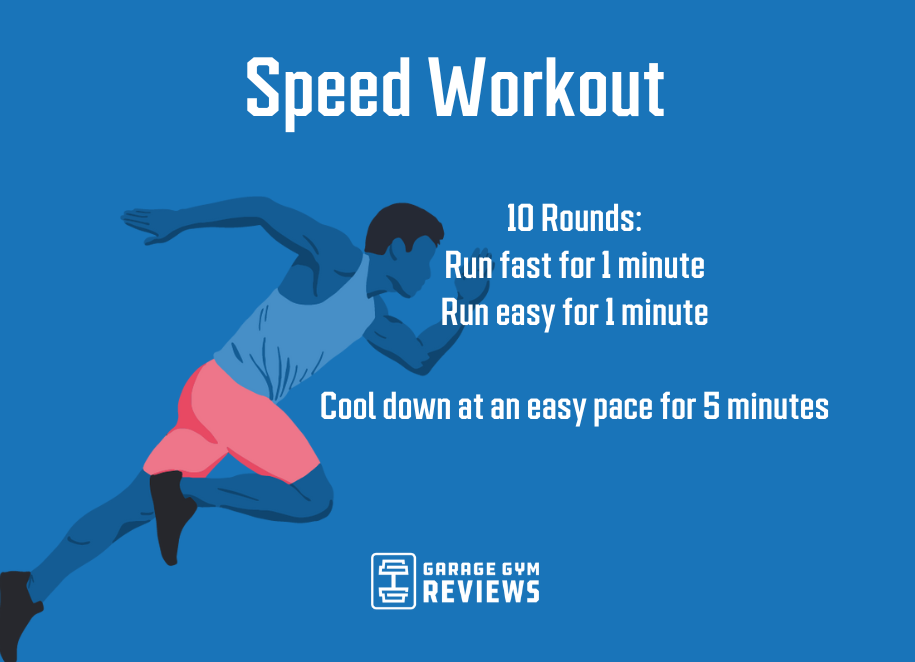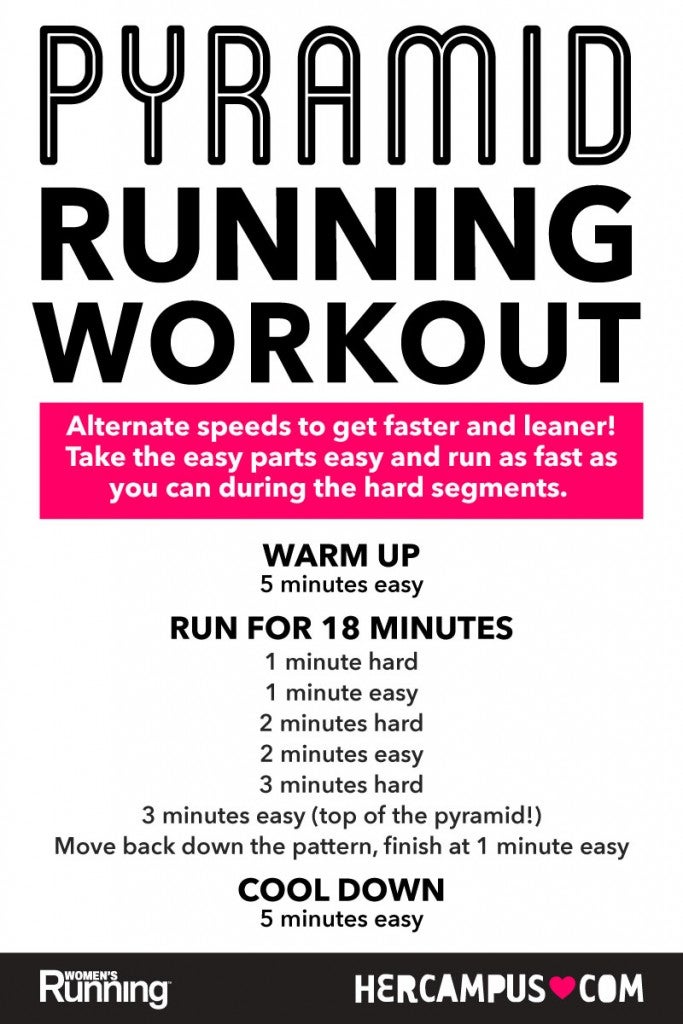Maximize Your Running Workout: Expert Strategies Introduced
Maximize Your Running Workout: Expert Strategies Introduced
Blog Article
Getting Over Pain in Running: Strategies and Methods That Job
Discomfort is an usual friend for numerous joggers, frequently working as a barrier to achieving their preferred objectives. With the appropriate approaches and strategies, it is feasible to get over and also prevent the discomfort linked with running. By discovering different techniques such as comprehending the different kinds of running discomfort, enhancing shoes and form, incorporating cross-training and strength workouts, carrying out efficient recuperation methods, and preserving appropriate nourishment and hydration, runners can possibly relieve their pain and improve their total running experience.
Recognizing Different Sorts Of Running Pain

One more sort of running discomfort is joint pain, which can manifest as a sharp or throbbing pain in areas such as the knees, hips, or ankles (running workout). Joint pain may be brought on by elements like inappropriate running kind, overuse, or underlying problems like joint inflammation (more info here). It is very important to separate in between muscular tissue pain and joint discomfort, as the latter might need clinical attention to avoid further injury
Comprehending the various sorts of running discomfort is essential for reliable administration and prevention techniques to make sure a risk-free and pleasurable running experience.
Proper Footwear and Running Type
To enhance performance and reduce the danger of running-related injuries, selecting appropriate shoes and maintaining proper running kind are essential elements for runners of all degrees. Correct shoes plays a vital function in offering support, padding, stability, and protection for the feet and lower limbs. It is suggested to pick running footwear that are especially created for the person's foot type, running stride, and the sort of running task they participate in. Getting suitabled for footwear at a specialized running shop can assist guarantee the best fit and assistance.

Cross-Training and Strength Exercises
Stamina workouts, like squats, lunges, and core exercises, play a critical duty in supporting muscle mass and boosting running effectiveness. They can fix muscle inequalities, enhance agility, and boost power outcome, all of which are vital for running efficiency.
It is vital to allow for appropriate remainder in between running sessions and cross-training tasks to prevent overuse injuries. By integrating these components right into a running routine, runners can construct a stronger structure, enhance performance, and take pleasure in a much more lasting running experience - check it out.
Recuperation and Relax Strategies
Having established the significance of cross-training and stamina exercises in a detailed running regimen, focus can now be directed towards Healing and Relax Strategies as indispensable elements for optimizing efficiency and lowering the danger of injuries. (running workout)
Recovery after running is important for muscle repair and development. Methods such as foam rolling, extending, and massage assistance in lowering muscle pain and boosting flexibility. Appropriate remainder in between runs allows the body to recuperate and adjust to the physical stress, stopping overuse injuries.
Including energetic recovery days into a training routine, where low-intensity tasks like strolling or biking are performed, can enhance blood circulation and promote recovery without placing excess pressure on the muscular tissues. In addition, proper hydration and nutrition play an essential role in the healing process by renewing lost fluids and nutrients.
Quality sleep is one more crucial facet of recuperation that should not be overlooked. During sleep, the body undergoes repair work and regrowth processes, adding to overall physical and mental wellness. By prioritizing healing and remainder techniques, joggers can maintain ideal efficiency degrees and minimize the likelihood of experiencing pain or injuries.
Nourishment and Hydration for Runners
Exactly how can runners optimize their efficiency with correct nourishment and hydration techniques? Nourishment and hydration are crucial elements of a runner's training regimen, playing a vital function in performance, endurance, and recuperation. To boost efficiency, joggers must concentrate on consuming a healthy diet plan that includes carbs, proteins, healthy and balanced view it now fats, vitamins, and minerals. Carbs offer energy for running, while healthy proteins aid in muscle repair work and recuperation. Healthy fats support general health and aid in taking in important nutrients. Appropriate hydration is also essential to keep optimal efficiency, as even light dehydration can negatively influence running performance. Joggers must drink water prior to, during, and after their go to stay hydrated. Electrolytes, such as salt and potassium, are likewise important for preserving fluid equilibrium and muscle mass feature - running workout. In addition, timing meals and treats appropriately prior to runs can help stop gastrointestinal pain and provide the needed energy for peak efficiency. By taking note of their nourishment and hydration, joggers can enhance their endurance, quicken recovery, and execute at their finest.
Verdict
In verdict, by understanding the different kinds of running discomfort, putting on appropriate shoes, keeping proper running form, incorporating cross-training and strength exercises, prioritizing recuperation and remainder, and concentrating on nourishment and hydration, joggers can effectively conquer pain and enhance their performance. Carrying out these methods and strategies can assist joggers prevent injuries, enhance their endurance, and ultimately delight in a more fulfilling running experience.
Report this page